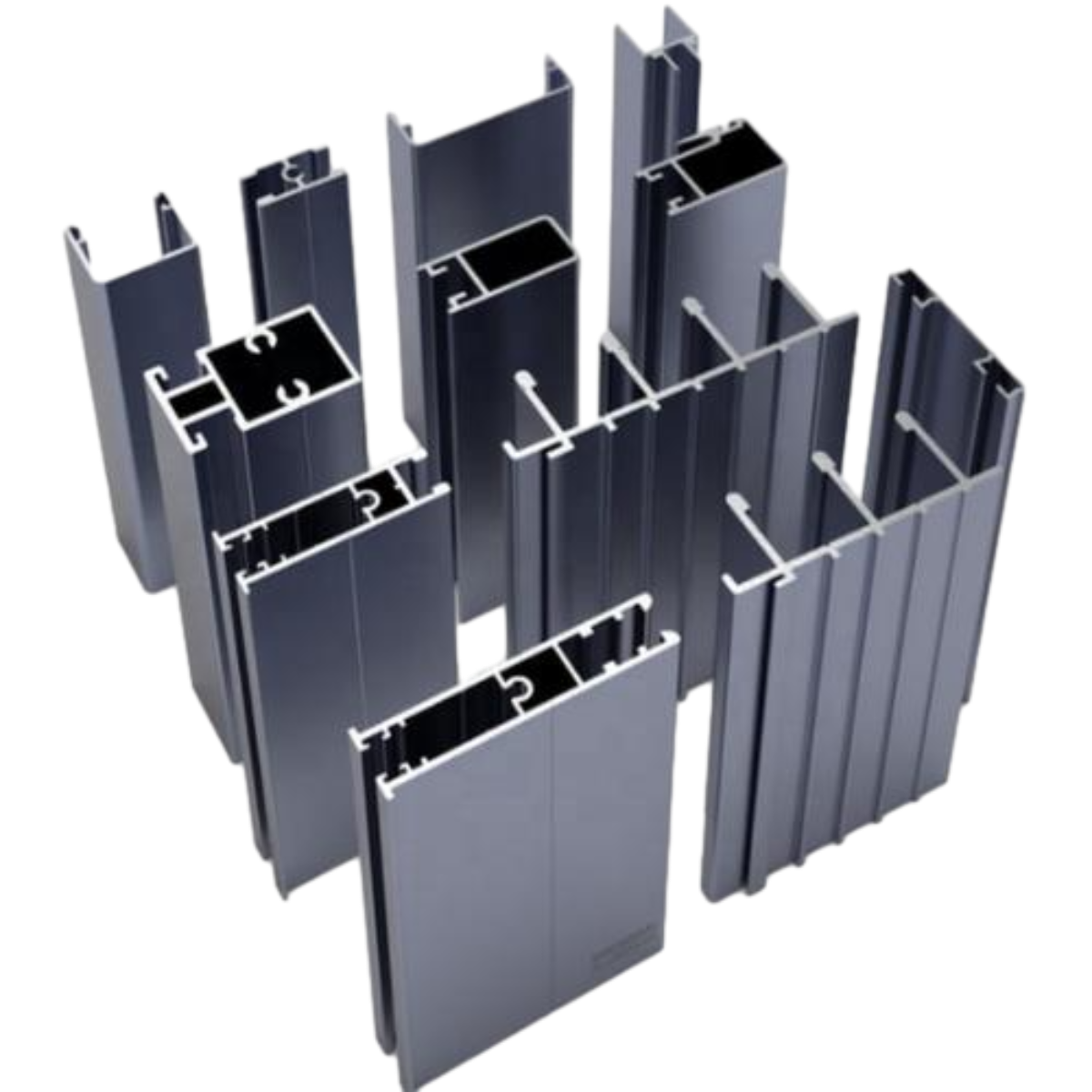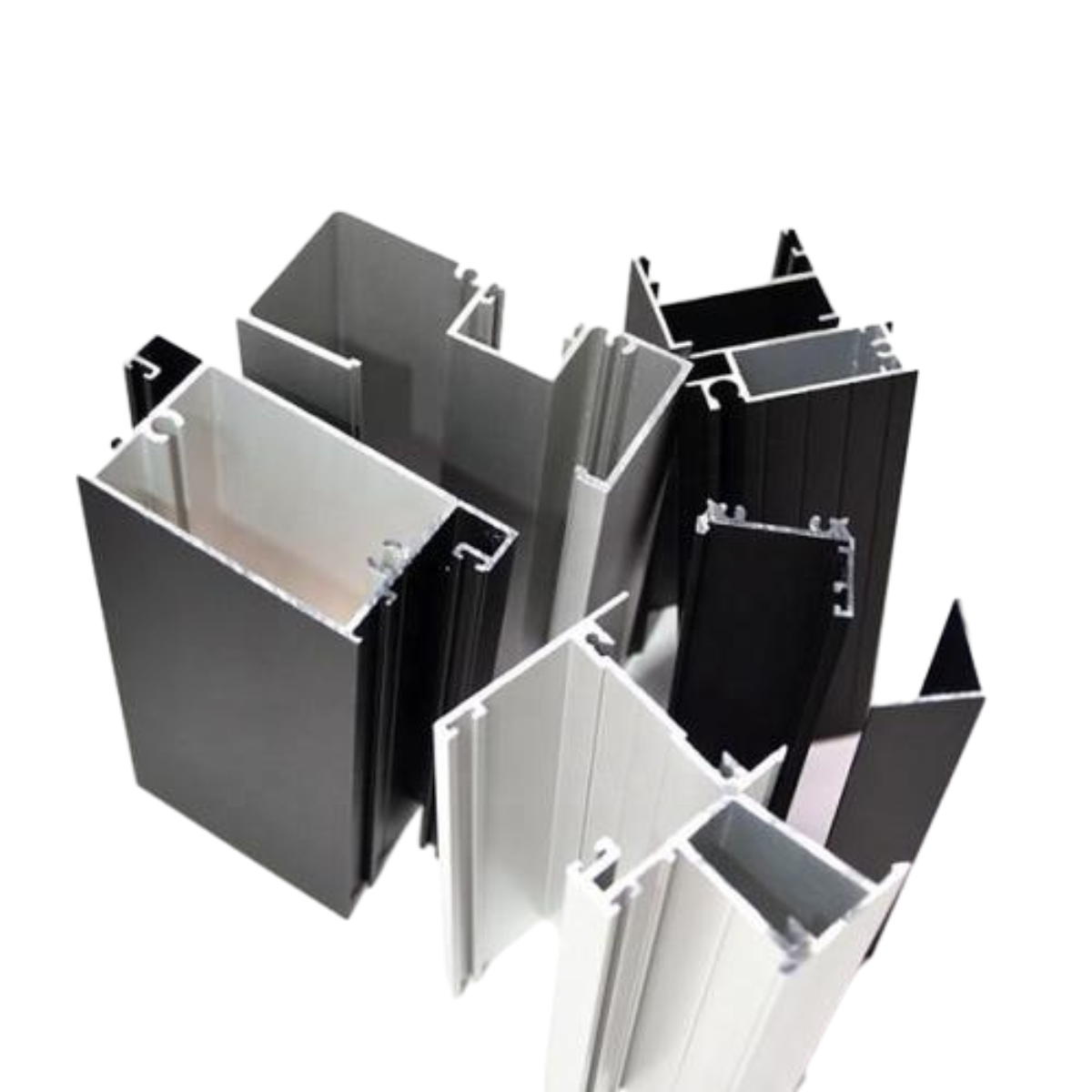spear head types
Exploring Spearhead Types An Examination of Evolution and Functionality
Spearheads have played an integral role in the development of human civilization, serving as one of the earliest types of weapons and tools used for hunting, warfare, and various practical applications throughout history. The configuration of spearheads has evolved significantly over millennia, adapting to the changing needs of societies and the technological advancements of the time. This article delves into the various types of spearheads, their historical significance, and their impact on warfare and culture.
The Historical Context of Spearhead Development
Spearheads, typically manufactured from materials like stone, bronze, iron, and later steel, are among the oldest human-made tools. Prehistoric societies relied heavily on spearheads for hunting large game, a necessity for survival. The design of these spearheads was directly influenced by the intended use; early spears featured broad, flat points for hunting, while those used in warfare showcased more pointed, aerodynamic forms for thrusting and penetrating armor.
In ancient civilizations, various cultures developed unique spearhead designs that reflected their environmental conditions, available materials, and combat strategies. For example, the Mesolithic spearheads in Europe often featured barbed designs that were effective for both hunting and close combat warfare. Meanwhile, the Assyrians popularized the use of iron spearheads, revolutionizing military technology and enhancing their battlefield effectiveness.
Types of Spearheads
1. Broadheads Broadheads are characterized by their wide, leaf-like shape. They are primarily designed for hunting as they create large wounds, making them effective in bringing down game quickly. While they can be used for thrusting, their design limits their maneuverability in close combat situations.
2. Barbed Spearheads Featuring outward projections, barbed spearheads are designed to anchor themselves into flesh. These were especially popular in hunting large animals, as the barbs prevent the spear from easily being withdrawn. This design has been utilized by cultures worldwide, showing adaptability and effectiveness.
3. Leaf-shaped Spearheads The leaf shape combines functionality for both hunting and warfare. Often crafted from bronze or iron, these spearheads created a balance between piercing capability and durability. Their design allowed for easy thrusting while maintaining stability and strength.
spear head types

4. Tapered Spearheads The tapered spearhead is more elongated and slender, designed for thrusting piercing attacks. They became particularly prominent in warfare, allowing for greater penetration of enemy armor. This type was favored by various ancient militaries, exemplifying the evolution of military tactics.
5. Socketed Spearheads Socketed spearheads incorporate a hollow design at their base, allowing them to be fitted onto the shaft securely. This design became popular in the late Bronze Age and onward, as it offered better stability and ease of manufacture. Their reliability made them a staple in various armies across the ancient world.
6. Javelin Points Javelin spearheads are lighter and often designed for throwing rather than thrusting. They are usually smaller and possess a more aerodynamic shape to improve flight stability and accuracy. Made for quick strikes from a distance, they were prominent in both hunting and ancient warfare.
Impact on Warfare and Culture
The evolution of spearheads significantly influenced military strategies and tactics. As spearhead designs became more specialized, so too did the formations and techniques used in battle. Armies began to rely more on coordinated attacks, utilizing different types of spearheads to exploit the weaknesses of their enemies.
Moreover, spearheads also hold cultural significance. They are often seen as symbols of power and courage. Various cultures even developed ceremonial spearheads used in religious or ritualistic contexts, signifying the spiritual importance of weaponry in their societies.
Conclusion
Spearheads represent both an evolutionary marvel of human ingenuity and a pivotal element in the historical narrative of mankind. Their development reflects the adaptation of human societies to their environments, technological advancements, and the complex interplay of culture and warfare. Whether utilized in the hunt for sustenance or in the chaos of battle, spearheads have been a vital tool, shaping the trajectory of human progress and civilization. As we continue to understand the past, the study of spearhead types offers valuable insights into the artistic craftsmanship and practical functionality that have influenced the course of history.
-
Why Choose Cast Iron for Your Next Project?NewsApr.27,2025
-
Timeless Charm of Cast Iron Decorative ElementsNewsApr.27,2025
-
Wholesale Cast Iron Products: A Growing Trend in Home and Garden DécorNewsApr.27,2025
-
The Advantages of Using Ornamental Cast Iron Parts in Your Design ProjectsNewsApr.27,2025
-
Why Ornamental Iron Castings Are Essential for Timeless DesignNewsApr.27,2025
-
The Elegance and Durability of Ornamental Cast Iron PanelsNewsApr.27,2025















